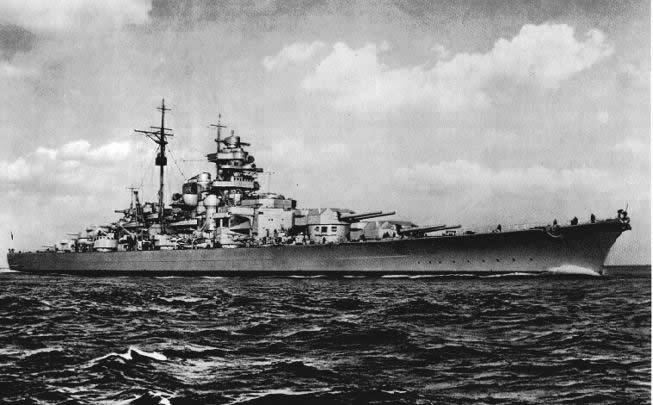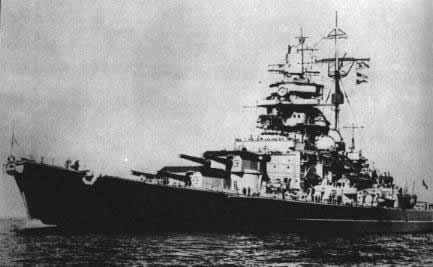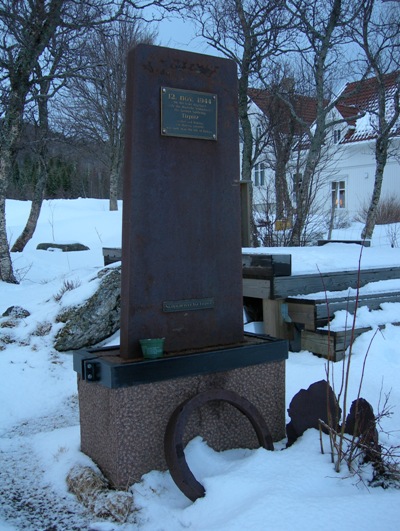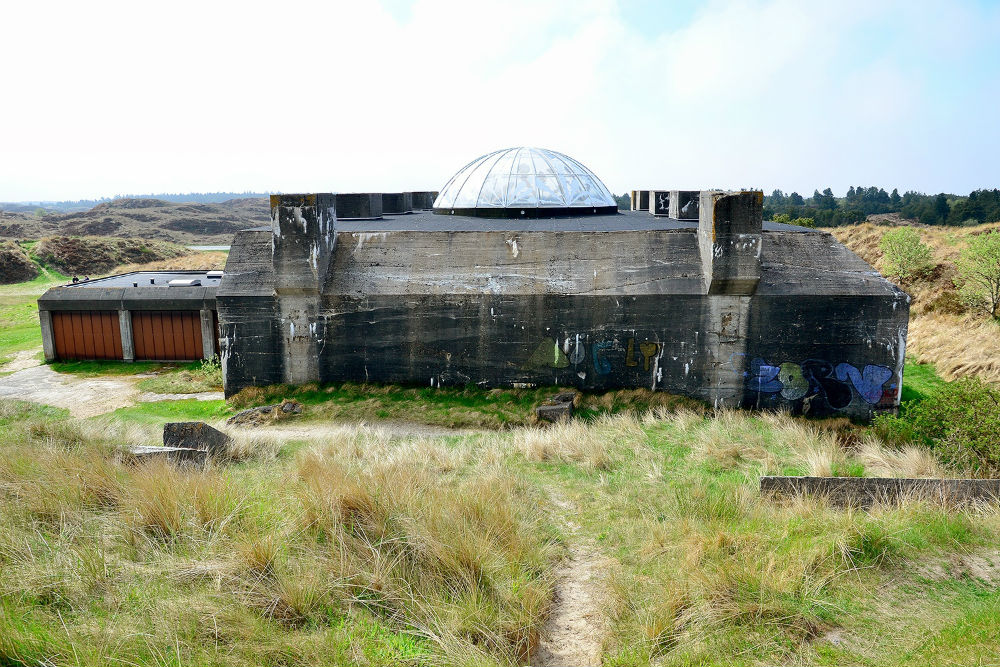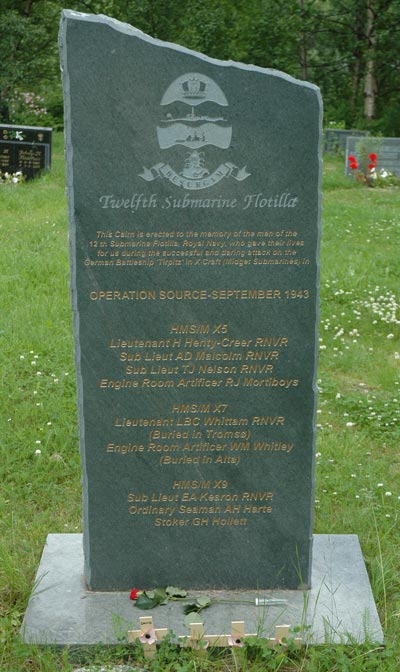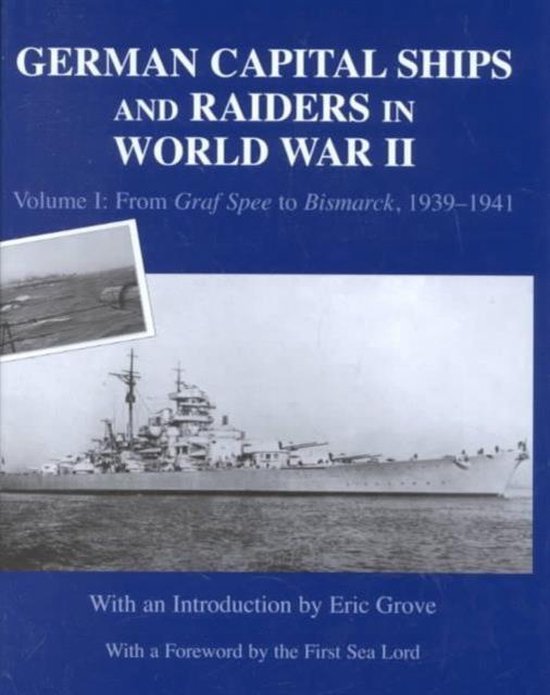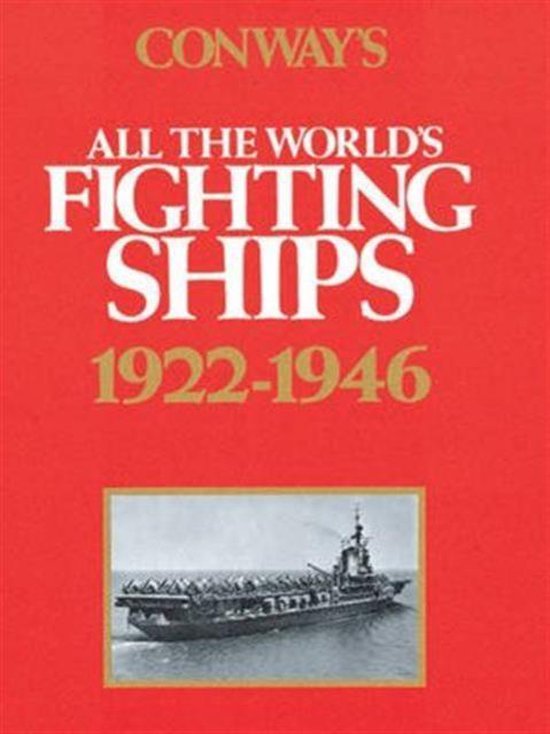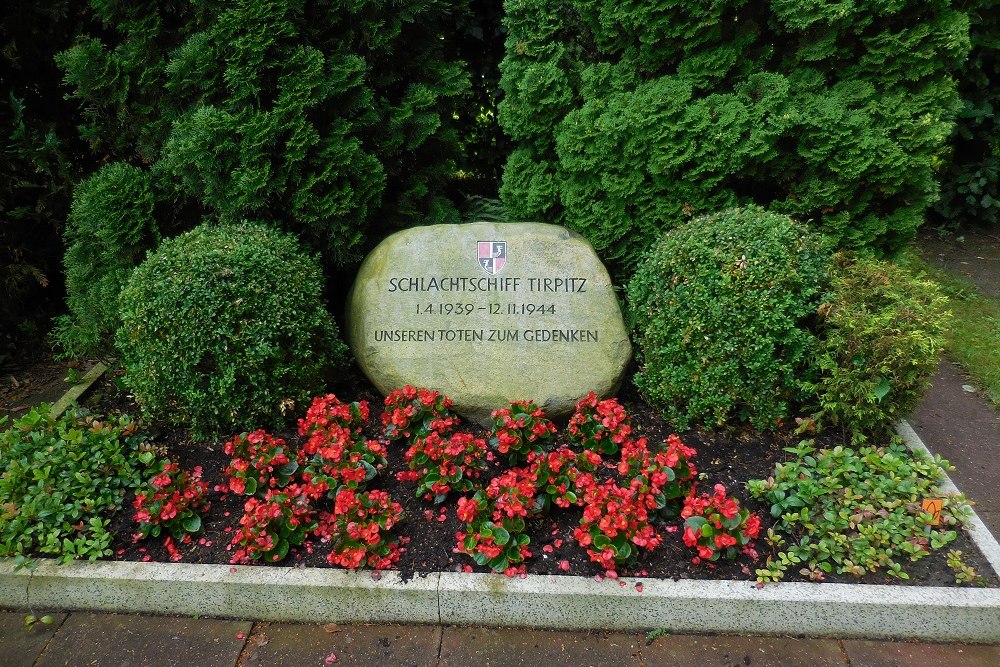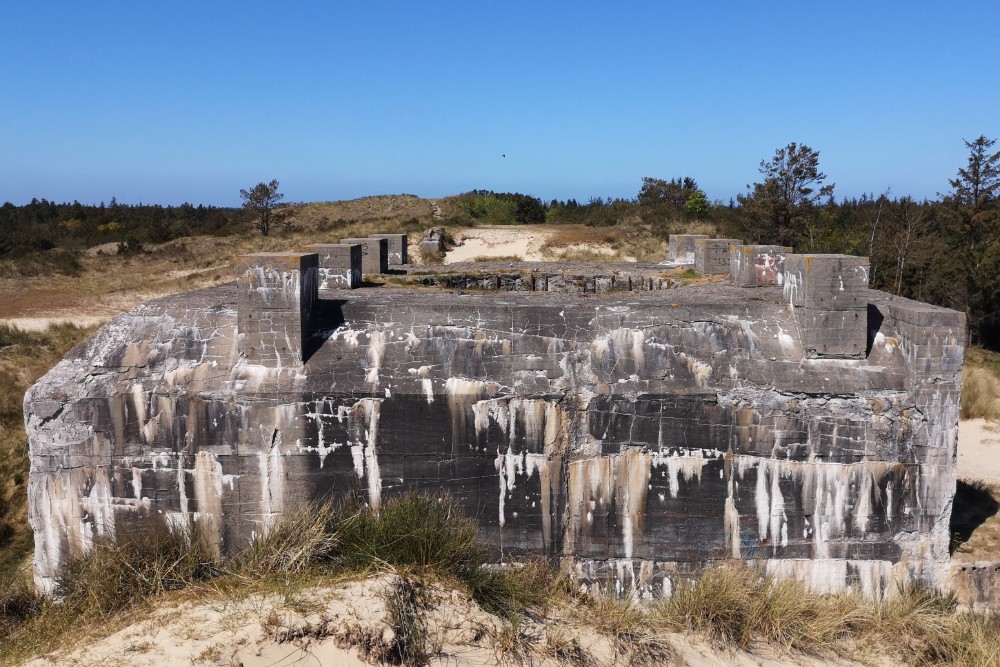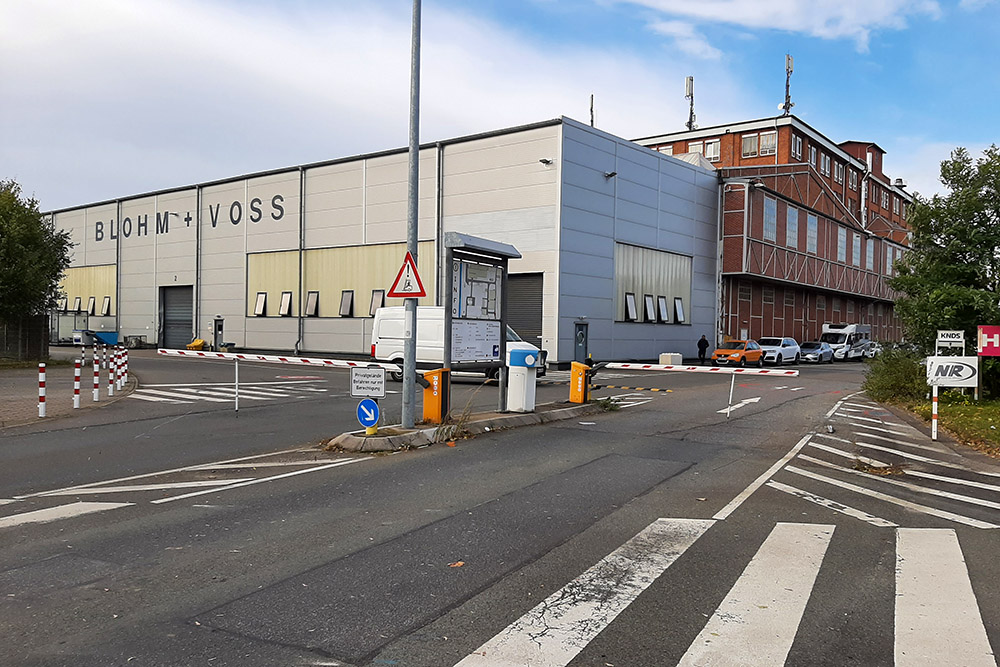Bismarck class
Designing the Bismarck started as early as 1934 and entailed a 35,000 BRT so-called Panzerschiff or armored vessel equipped with 8 38cm guns. Due to the construction of the French Dunkerque class however, the design was adapted and reclassified as a battlecruiser. The design was partly based on the Baden class from WW 1. Initially, it would fit within the framework of the treaties of Washington and London but by installing 38cm guns however, the maximum tonnage stipulated in these treaties, was exceeded massively.
The design entailed an armor strong enough to withstand any battleship and the armament was sufficiently strong to take on any opponent. Maximum design speed would be about 30 knots. Like any other design of those times, little attention was paid to anti-aircraft defense, because the navies still didn't consider the airplane a very dangerous weapon. For reconnaissance purposes, this class would be equipped with two catapults and a hangar housing four Arado Ar-196 airplanes, the standard German aircraft for large battleships of the time.
Final design was completed in May 1935 and battleship F (later named Bismarck) and battleship G (later named Tirpitz) were laid down in July and October 1936 respectively. Bismarck was completed in August 1940 and Tirpitz in February 1941. Despite plans for still larger vessels, these two would be the largest German battleships of WW 2. Both had very remarkable careers: during her first sortie, Bismarck sank the pride of the Royal Navy, the battlecruiser HMS Hood and later on was sunk herself. Although Tirpitz had attacked a convoy only once, her presence in Norway was sufficient to force the Allies to deploy additional convoy escorts.
Technical data at construction:
| Class: | Bismarck |
| In class: | 2 |
| Country: | Germany |
| Type: | Battleship |
| Displacement | Bismarck: standard 41.700BRT, loaded 50,900 |
| Displ | Tirpitz: standard 42.900BRT, 52.600BRT |
| Built by: | Bismarck, Blohm & Voss, Hamburg Tirpitz, Wilhelmshaven (Kriegsmarine) |
| Laid down: | Bismarck, June 1, 1936 Tirpitz, October 20, 1936 |
| Launched: | Bismarck, February 14, 1939 Tirpitz, April 1, 1939 |
| Completed: | Bismarck, August 24, 1940 Tirpitz, February 25, 1941 |
| End: | Bismarck, May 27, 1941 (sunk) Tirpitz, November 12, 1944 (sunk) |
| Lenght overall: | 814 feet |
| Beam: | 118 feet |
| Draught: | 8.8 feet fully loaded |
| Powerplant: | 3 tubes Blohm & Voss geared turbines, (Tirpitz Brown-Boveri) |
| Boilers | 12 Wagner |
| Power output: | 138,000 hp |
| Max speed: | 30 knots |
| Armor: | Belt 10 - 13, deck 2 to 5, barbettes 5 to 14, turrets 14inch |
| Main armament | 8 Type 47C34 38cm guns in four turrets |
| Sec armament | 12 type 44C28 15cm in six turrets,16 type 65C32 in eight turrets |
| AA armament | 37mm type 83C30 in eight turrets, 12 C30 20mm machineguns |
| Aircraft | 4 Arado Ar-196 |
| Crew | Bismarck 2,029, Tirpitz 2,608 heads |
Definitielijst
- battleship
- Heavily armoured warship with very heavy artillery.
- Kriegsmarine
- Germa navy. Part of the Wehrmacht next to Heer and Luftwaffe.
- Panzerschiff
- Designation for a type of armoured warship of the German Navy which formally met conditions, for example water displacement, that were imposed on Germany after the First World War in 1919 at the Treaty of Versailles. In fact, through applications and the use of new inventions in the field of armour, armouring and propulsion, they had a bigger combat power and deadweight than anyone suspected.
Bismarck
Bismarck was the first battleship of the class and hence was baptized as such. She was to lead a short but violent life: being sunk in the Atlantic by the Royal Navy on her first sortie. After being completed, having finished her trail runs in the Baltic and gone through exercises with the cruiser Leipzig, she embarked on her first and last mission: Operation Rheinübung. This was the code name of her breakout into the Atlantic along with the Prinz Eugen in order to attack and destroy Allied convoys. Both vessels were spotted north of Iceland though - and later on intercepted - by the British battlecruiser HMS Hood and the battleship HMS Prince of Wales. After a short firefight, the first vessel was sunk and the latter damaged. Bismarck suffered damage as well and her commander decided to set course for France for repairs while Prins Eugen continued her actions in the Atlantic. Bismarck was intercepted and damaged again by aircraft after which she was attacked by British vessels. In the end, she sank on May 27, 1941 having suffered severe damage by naval artillery and she met her Waterloo by torpedoes from HMS Dorsetshire or by explosive charges set by her own crew.
In 1989, the wreck was found by Robert Ballard. An expedition headed by James Cameron revealed however that Bismarck hadn't been sunk by torpedoes from the cruiser HMS Dorsetshire, up till then the general assumption, but by having been scuttled by her own crew.
Definitielijst
- battleship
- Heavily armoured warship with very heavy artillery.
- cruiser
- A fast warship with 8,000 – 15,000 ton displacement, capable to perform multiple tasks such as reconnaissance, anti-aircraft defence and convoy protection.
Tirpitz
The Tirpitz was constructed on the Kriegsmarine's own shipyard in Wilhelmshafen. She was completed in February 1941 after which she started her trials. Due to the loss of Bismarck Hitler prohibited actions by her in the Atlantic. During the war and due to the growing number of Allied aircraft, light and medium AA artillery was added a few times. She spent most of her time lying at anchor in Norwegian fjords where she was attacked regularly by British aircraft from the British mainland and from carriers. She also had been attacked by midget submarines.
Short overview of her career:
| Date | Event |
| March 1942 | Convoy attacked off Norway |
| October 1942 | Failed attack by human torpedoes (Chariots) |
| Sept-Oct 1943 | Damaged by midget subs X 5,6 and 7 |
| September 1944 | Damaged by aircraft flying from Russia |
| November 1944 | Sunk by aircraft flying from Scotland |
Tirpitz has been sunk while at anchor in the Altafjord by Tallboy bombs dropped by AVRO Lancasters. This mighty battleship has never attacked an enemy warship during her entire career but has always posed a constant threat to convoys on their way north to Murmansk, forcing the Allies to provide additional and strong protection to these convoys.
Definitielijst
- battleship
- Heavily armoured warship with very heavy artillery.
- Kriegsmarine
- Germa navy. Part of the Wehrmacht next to Heer and Luftwaffe.
Information
- Article by:
- Frank van der Drift
- Translated by:
- Arnold Palthe
- Published on:
- 27-08-2023
- Last edit on:
- 09-09-2023
- Feedback?
- Send it!
